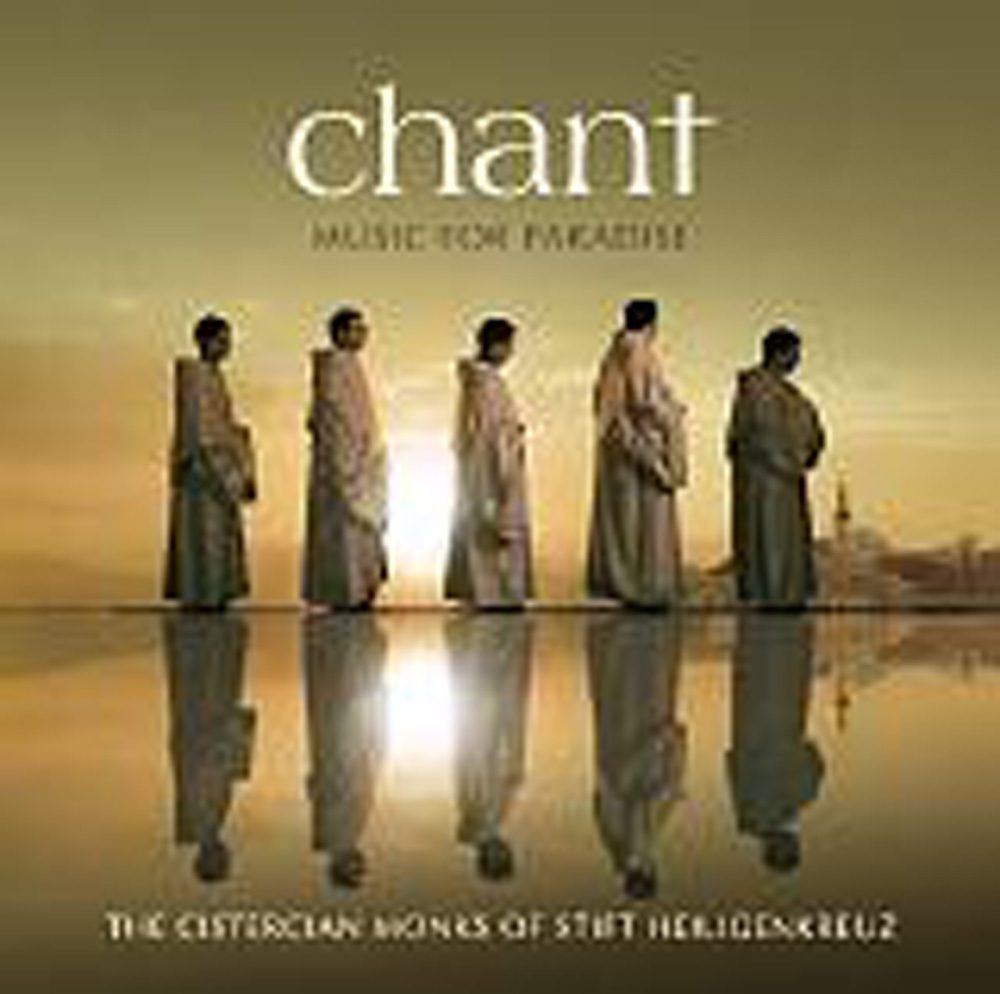Austrian Monks’ Recording of Gregorian Chant Receives International Acclaim

After accepting a contract with Universal Music (London) to record an album of Gregorian chants in March of this year, the Cistercian monks of Stift Heiligenkreuz Abbey have received worldwide recognition for their recording of, “Chant – Music for Paradise,” released in the U.S. under the title, “Chant – Music for the Soul.” Since its international release, the CD has sold over 800,000 copies and has achieved success throughout Europe and in the United States, topping musical charts around the globe. Noting the monks’ achievement, monastery spokesman Father Karl Wallner described it as a “very serious and positive thing for us because Gregorian chant is the expression of our spirituality; it is how we pray, and the abbey is grateful for the opportunity to bring its devotion to a much wider audience.” Proceeds from the CD will be used for the training of Cistercian monks of Vietnam and seminarians from the Third World.
It began in February of 2008 when the monks discovered Universal Music’s search for masters of old sacred music and provided them with a link to their monastery website and a YouTube clip recorded the day of the competition’s deadline. Universal’s executives were highly impressed with their singing and soon offered the monks a contract. Approximately some 200 other groups participated in the competition, including monks, nuns, academics, amateur choirs, etc. A small church was turned into an impromptu studio; the monks recorded an album with 29 tracks which contain part of their liturgy and include songs for a requiem. The seventeen monks who were chosen for doing the recording are mainly from Austria and Germany. Within a short period of time, the CD turned into a media sensation.
The Abbey of Heiligenkreuz is nearly 900 years old and has considerable historic value, since it is the oldest continuously operated Cistercian monastery in the world. It was founded in 1133 by Babenberg Margrave Leopold III of Austria, also known as Saint Leopold, at the request of his son Otto, abbot of the Cistercian monastery of Morimond in Burgundy and later Bishop of Freising. At the request of Leopold III its first monks came from Morimond. They called their abbey Stift Heiligenkreuz (Our Lady of the Holy Cross) as a sign of their devotion to redemption by the Cross. The monastery is located in a broad valley in the Western part of the Vienna Woods one hour from Vienna. Its spacious grounds occupy most of the small village that bears its name.
Today Stift Heiligenkreuz is one of the most vibrant monasteries in Central Europe, receiving many junior guests for theological and monastic training and attracting many other guests and visitors every year. During his trip to Austria in 2007, Pope Benedict XVI visited the abbey. The monastery’s Institute for Philosophical and Theological Studies founded in 1802 is now one of the largest organizations for the education of priests in the German-speaking world. In January 2007, Pope Benedict XVI raised the academic institute to the status of a Papal Athenaeum, which means the institution may now offer university degrees in theology in its own name instead of in the name of other Austrian universities.
Presently there are over 78 monks in the monastic community, the focus of which is the liturgy and Gregorian chant in Latin. Some of the monks serve as professors or have pastoral duties in the 20 parishes for which the abbey is responsible. In 1988 they founded a new monastery in Germany near the industrial city of Bochum; this priory is prospering too. The Cistercian monks of Stift Heiligenkreuz are wholly devoted to the pursuit of a spiritual life. Several times a day the monks gather at the abbey’s gothic church to sing the very chants they have recorded. The chant dates back to the 4th century, making it the oldest form of written music in Europe, and over the course of many decades it has been influenced by many gradual changes. Traditionally sung in unison by choirs of men and boys since the early Middle Ages, the words are excerpts from the Latin Bible, and have become the official music of the Christian liturgy. Popular belief has long credited Pope Gregory the Great for its source and name (somewhere between 590 -604 A.D). By the 12th and 13th centuries, Gregorian chant had supplanted all other Western plainchant traditions. Renewed interest in early sacred music during late 19th century influenced the 20th century classical music (Maurice Duruflé, etc.). Due to its calming effect, Gregorian chant has experienced a popular resurgence during the New Age and other world music movements of the 1980s and the 1990s. The success of the CD can also be taken as a sign of an increasing interest in the roots of christian spirituality in Europe.
